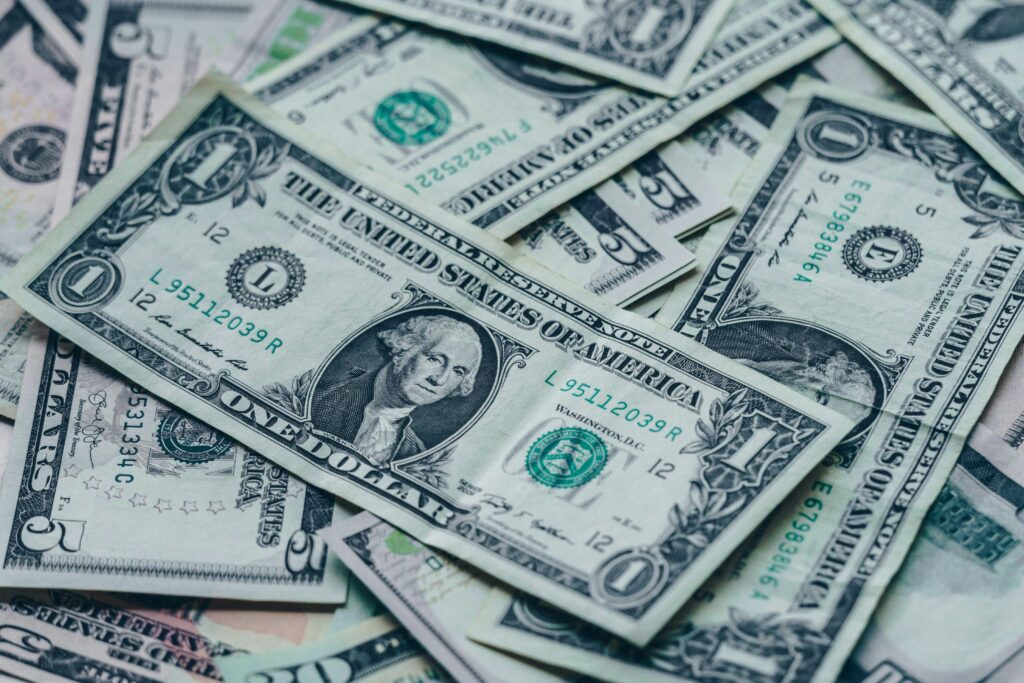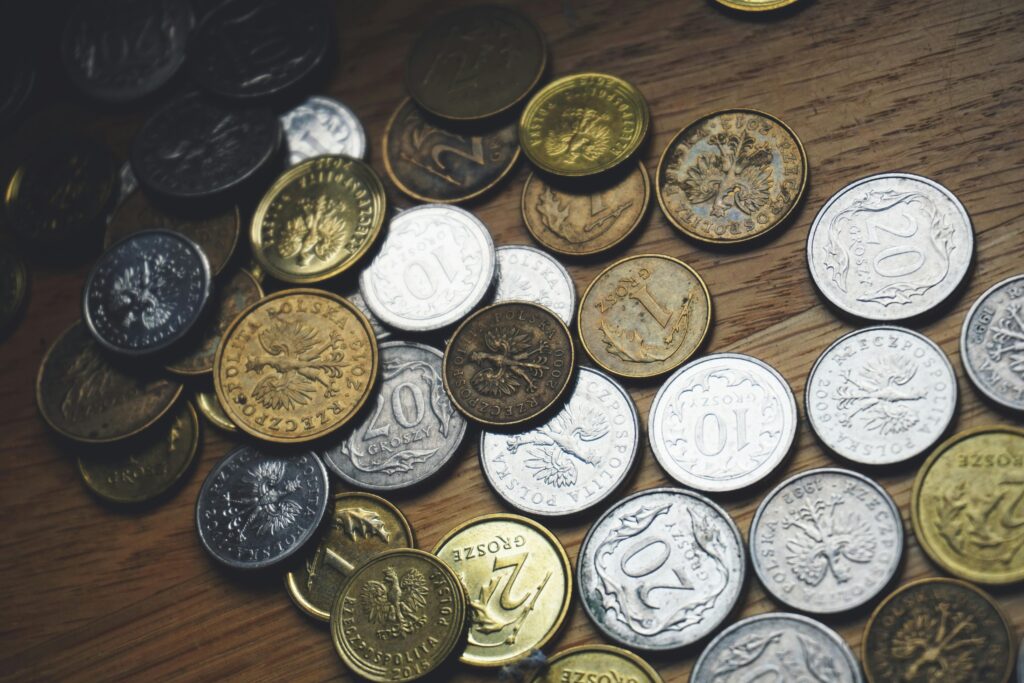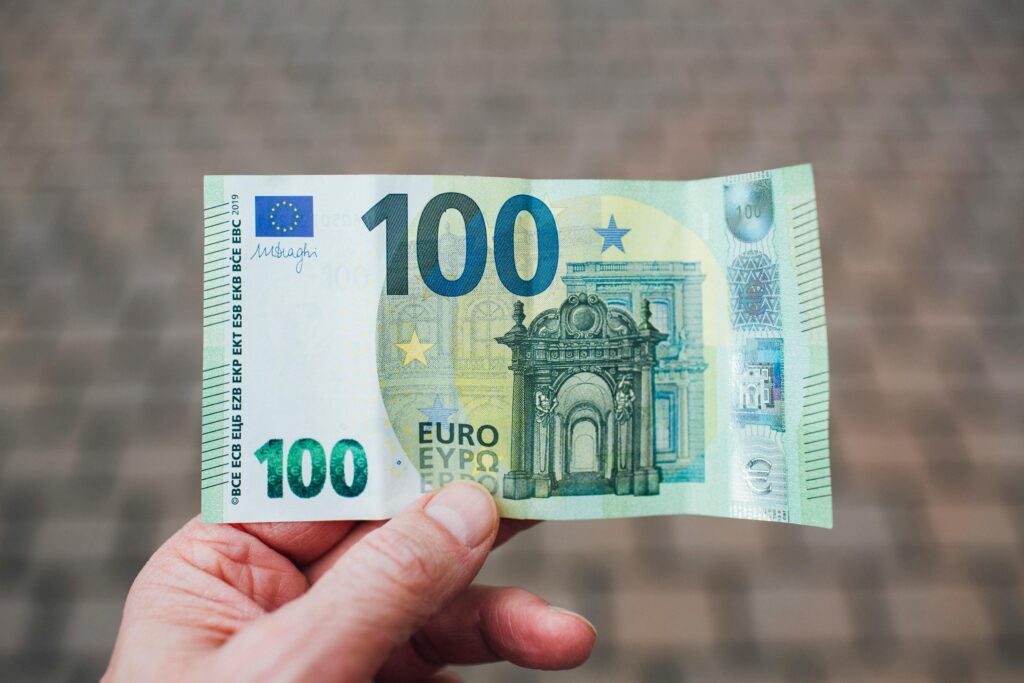People often use the words money and currency as if they mean the same thing, but some experts say they’re different. According to one idea, money is something you can’t touch—just numbers or value. Currency is the physical form of that value, like coins, notes, or cards.
So, money is the concept, and currency is how we see or use that concept in real life. For this article, we’ll use “money” and “currency” to mean the same thing

What Is Money?
Money is anything people agree to use to buy and sell goods or services. It helps show the value of items and lets us save wealth for later.
Money only has value because people agree it does. Whether it’s a coin, a paper bill, a shell, or a digital code, it only works if we believe in it.
How Did Money Start?
Money has been around for at least 5,000 years. Before that, people traded goods directly—called bartering. For example, a farmer might trade wheat for shoes. But bartering wasn’t always easy or fair, so people started using items like salt, animal skins, or tools as early forms of money.
The First Coins

Around 640 BCE, the first coins were made in China at a place called Guanzhuang. These coins were shaped like spades.
Later, in 600 BCE, King Alyattes in Lydia (now part of Turkey) made coins from electrum (a natural mix of gold and silver). These coins helped Lydia become rich through trade.
From Coins to Paper
In 1260 CE, the Chinese government started using paper money instead of metal coins. When traveler Marco Polo visited China in 1271, the money system was already well-organized. The paper even had warnings against fake money.
In Europe, coins were still used until the 1500s. As banks grew, they gave people paper notes instead of heavy coins. These notes could be exchanged for gold or silver.
The Gold Standard
In the 1870s, many countries used the gold standard. This meant they could only print as much money as they had in gold.
Early Paper Money in North America
In 1685, Canada (then a French colony) ran out of coins. The government gave soldiers playing cards marked with values to use as money—an early form of paper currency.

Currency Wars and Trading
As countries started trading more, the value of their money became important. Strong or weak money could help or hurt trade. Some countries even tried to mess with others’ currencies during times of conflict.
Modern Payments
Today, people use phones and apps to pay for things. This started in Asia and Europe and became popular in North America. Apps like Apple Pay, Venmo, and PayPal let people send money quickly with a tap or a text.
Virtual Currencies
Virtual currencies are digital only—no paper, no coins. One famous example is Bitcoin, which started in 2009. It’s not controlled by any government. As of August 2024, all Bitcoin combined was worth over $1 trillion.
Other virtual currencies include Ethereum, XRP, and Dogecoin.
Summary: How Money Has Changed
Money has come a long way—from bartering and coins to paper bills and now digital payments. Even though the form of money keeps changing, its purpose remains the same: to help people exchange value. As technology grows, the way we use money will keep evolving too.